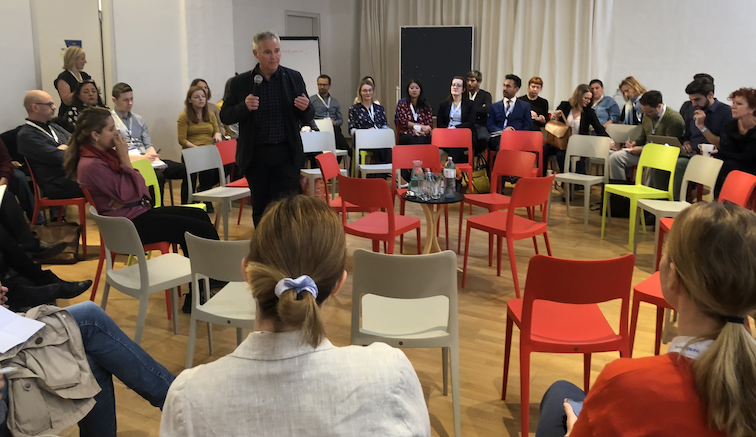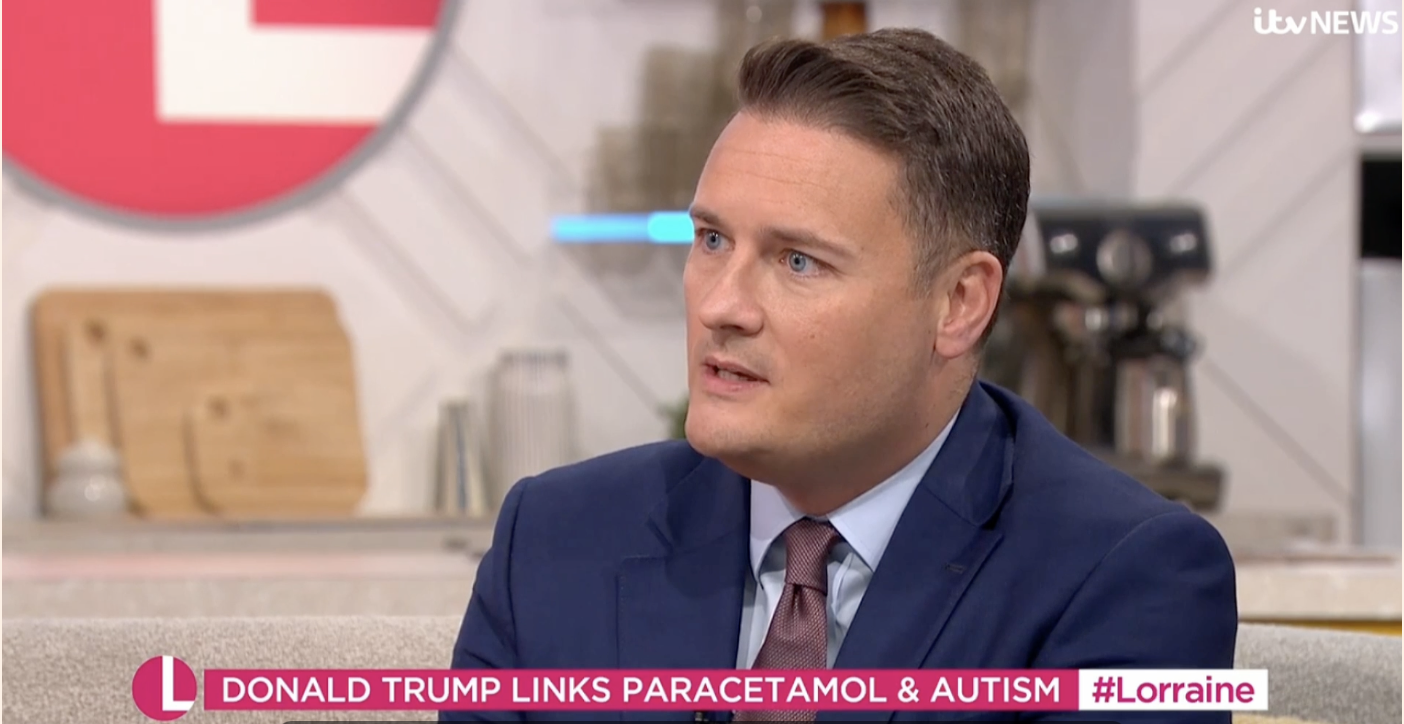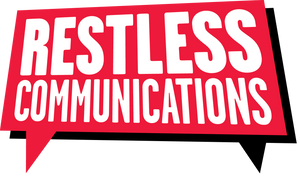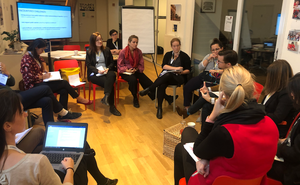At a rally, Donald Trump has talked up unproven claims linking paracetamol (Tylenol in the US) to autism.
There's zero credible evidence. But the remarks instantly boosted quack-science social posts and inspired confusing mainstream headlines.
Now, health professionals are left scrambling to reassure anxious parents. This is what happens when fringe claims hijack the news agenda.
Sound familiar?
You’re not alone.
Stephen Waddington wrote this week about how organisations must confront “communication hijacking”, where others force you to play on their terms.
One line of misinformation from a snake oil salesman, and suddenly you're firefighting, rather than talking about your latest brilliant work.
Crisis communications strategies need to change. Fast.

Why your usual misinformation playbook fails
Most comms teams have an instinctive reaction to misinformation: slap down the lie and flood the zone with facts.
But these approaches often do more harm than good. Firstly, you are letting myth-mongers set the agenda.
Then, no matter how bonkers the claim, debunking can reinforce a lie through repetition.
People tend to remember the first thing they hear and forget the well-crafted arguments that follow.
Finally, data alone is not persuasive. When dealing with us-versus-them narratives, you need to build trust by sharing first-hand stories. And by finding common ground with the people you're trying to communicate to.
Both by what you say and by who you use as a messenger.
Staying silent isn't any safer. That doesn’t end the conversation and only allows people to hear the other side.
“Nature abhors a vacuum. Where there’s nothing, disinformation can balloon,” Anat Shenker-Osorio at the Human Rights Communicator's Network.
So what’s the alternative?

A new communication framework built for today
Working with the EU Agency for Fundamental Rights (FRA), we developed the +INPUT framework for dealing with misinformation.
The practical guide drew on expert advice from a two-day workshop run by FRA's Human Rights Communicators Network.
This practical guide for handling misinformation applies whether you're dealing with attacks on rights, medicine, or democracy.
Let's break down this six-step approach to dealing with untruths, with a little help from the experts who inspired it.
- Share positive messages of hope
If your communication starts by repeating a false claim, you've already lost. Consider using the 'Truth Sandwich', a tried and tested comms approach.
"Don't repeat disinformation. Start with a shared value, name the problem, come back to shared values," Anat Shenker-Osorio (who revealed Pro-Biden ads were three times more effective than anti-Trump ones).
- Identify what motivates disinformation
Correcting a hoax is only half the job. Understanding its purpose tells you whether to respond, or starve it of oxygen.
"You have to understand the aims of the other side. Who's behind it? How much did they pay? What effects are they looking for? And work with those effects," journalist and author Peter Pomerantsev.
- Narrate powerful, personal stories
If your response reads like a press release, it won’t cut through. Make sure that the experiences of real people are at the heart of your narrative.
"Go beyond the data...showing the human face of an issue gets the message across without reducing complexity," Alberto-Horst Neidhart, of the European Policy Centre.
- Pioneer new ways to reach audiences
Don’t just dash out a post on social media and call it a day. It'll only be seen by those who already agree with you. So, meet audiences that matter where they are.
"We're facing an infodemic. Individuals tend to always use the same channels. So we try to provide information through those channels. But remember, almost half the world's population are not active social media users," Melinda Frost, of the World Health Organisation.
- Unite audiences with messengers that work for them
If yours is the only voice, you have no chance to scale. Build a broad coalition of support and find speakers who resonate with those you're trying to reach.
"Up to 90% of what we do is unconscious: most of our decisions are emotional. Most often that emotion is belonging. We value being a member of a tribe more than we value being correct," neuroscientist Laura Ligouri.
- Track and plan, to stay ahead of the news cycle
You can’t predict every hoax, but you can understand broad themes. Use analytics and research to anticipate attacks, lead the conversation and pre-bunk.
"Context is everything. Do use private browsing when researching or fact checking, to avoid the filter bubble," maldita.es, the Spanish fact-checking organisation.

What this means for communications leaders
Today, it's Trump’s Tylenol moment, tomorrow it could be your comms that get hijacked by a viral video, manipulated statistics or plain old lies.
It's always better to lead than react. This isn't about being clever, it's just about being prepared.
Disinformation isn’t going away. But with the right tools, you can inoculate your audiences, protect your credibility and keep control of your story.
The final word goes to UK health secretary Wes Streeting for his textbook response to Trump that focused on shared values...and didn't repeat the hoax.
He told TV viewers: "Don’t pay any attention whatsoever to what Donald Trump says about medicine.
"In fact, don’t take even take my word for it, as a politician...listen to British doctors, British scientists, the NHS."







